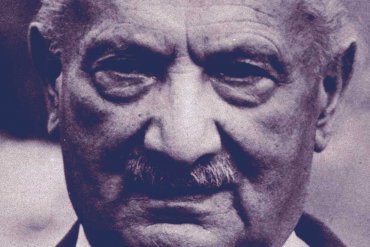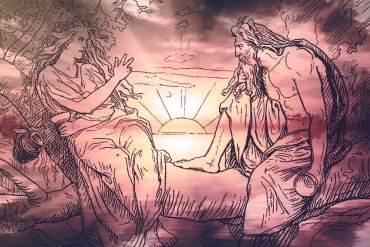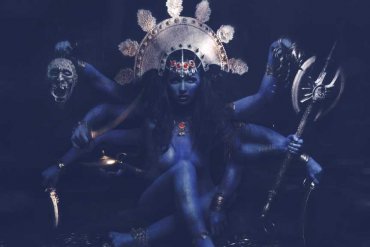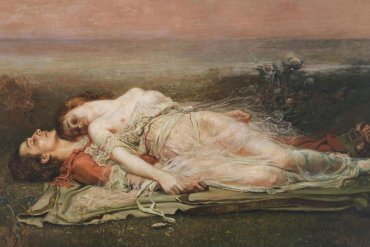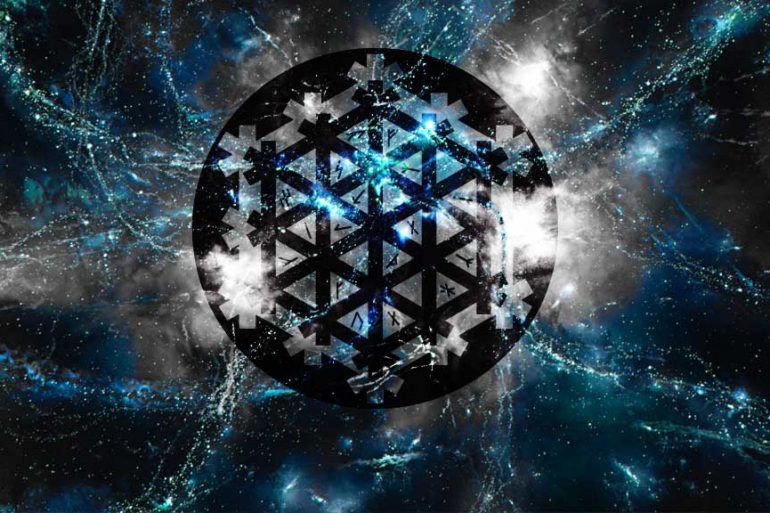It was Rodin who stated that “Man never invented anything new, only discovered things.” Although it’s correct to say that certain symbols have been man-made for a particular purpose, it’s just as correct to argue that everything is somehow inspired by the natural world around us, by the forms of nature, plants, animals, the elements. Even a reaction against the fluid forms of nature is usually inspired by a desire to offer an alternative. Occasionally...
Philosophy
Everything on philosophy related to Maier files series. Posts and Thoughts examining existence, change, properties, space, time, causality, and possibility.
Heidegger’s Being and Time (1924), a quickly written introductory volume to a proposed multi-volume project, inspired philosophers for generations to come. What did the enigmatic title refer to? “As regards the title ‘Being and Time,’ ‘time’ means neither the calculated time of the ‘clock,’ nor ‘lived time’ in the sense of Bergson and others,” he explained, years after the book appeared. When he wrote that book, Heidegger was dissatisfied with the two dominant conceptions of...
The Greek philosopher Heraclitus had said: “A hidden connection is stronger than one we can see.” Otto Maier was always fascinated with Time. Things occupy space—but how many of them there are (or could be) belonging to time? If you take off the face of a clock you won’t find time there, only human fabrication. Those numbers, circling round, make time almost credible—as if they aroused a sixth sense attuned to its presence, since it...
In the Maier files puzzle and quest everything adds up to something and there are several intertwined levels that will eventually result in solving the Otto Maier enigma. One clue and deeper meaning can maybe be found in the history of Saga because a Saga records the history of a people’s soul. Saga is one of the Norse goddesses who are numbered among the Asynjur. Snorri (Gylfaginning, ch. 35) lists her as the second goddess...
With unflinching gaze and uncompromising intensity Julius Evola analyzes the spiritual and cultural malaise at the heart of Western civilization and all that passes for progress in the modern world. As a gadfly, Evola spares no one and nothing in his survey of what we have lost and where we are headed. At turns prophetic and provocative, Revolt against the Modern World outlines a profound metaphysics of history and demonstrates how and why we have...
In almost all myths all over the world the same theme reoccurs. The twelve knights, twelve tribes, twelve heroes etc. In his last and longest dialogue (Laws), Plato teaches: There are twelve feasts to the twelve Gods who give their names to the twelve tribes. Also in early christianity, the image of twelve disciples with the Godman figure at their center echoes the twelve constellations which revolve in the heavens around the pole star. Are...
Romantic love means a path to initiation, which leads through suffering and enlightenment. “Romantic love,” as described by the myth, is a mistake according to Robert A. Johnson―in fact it is the Occidental mistake par excellence. The levels of the anima on the one hand and of ego-awareness on the other are confused in that an attempt is made to live out at the earthly level the anima, which is not of this world. In...
The idea of the importance of coincidences, as such, was introduced by Paul Kammerer in 1920, in his book Seriality, in which he logged a hundred amazing examples. His complex idea intrigued Einstein and was expanded by Carl Jung, who changed Kammerer’s term to the more widely used word synchronicity, or “meaningful coincidence.” Like Kammerer, Jung noticed that if two events were not causally related, but connected by meaning, it therefore established that a human...


